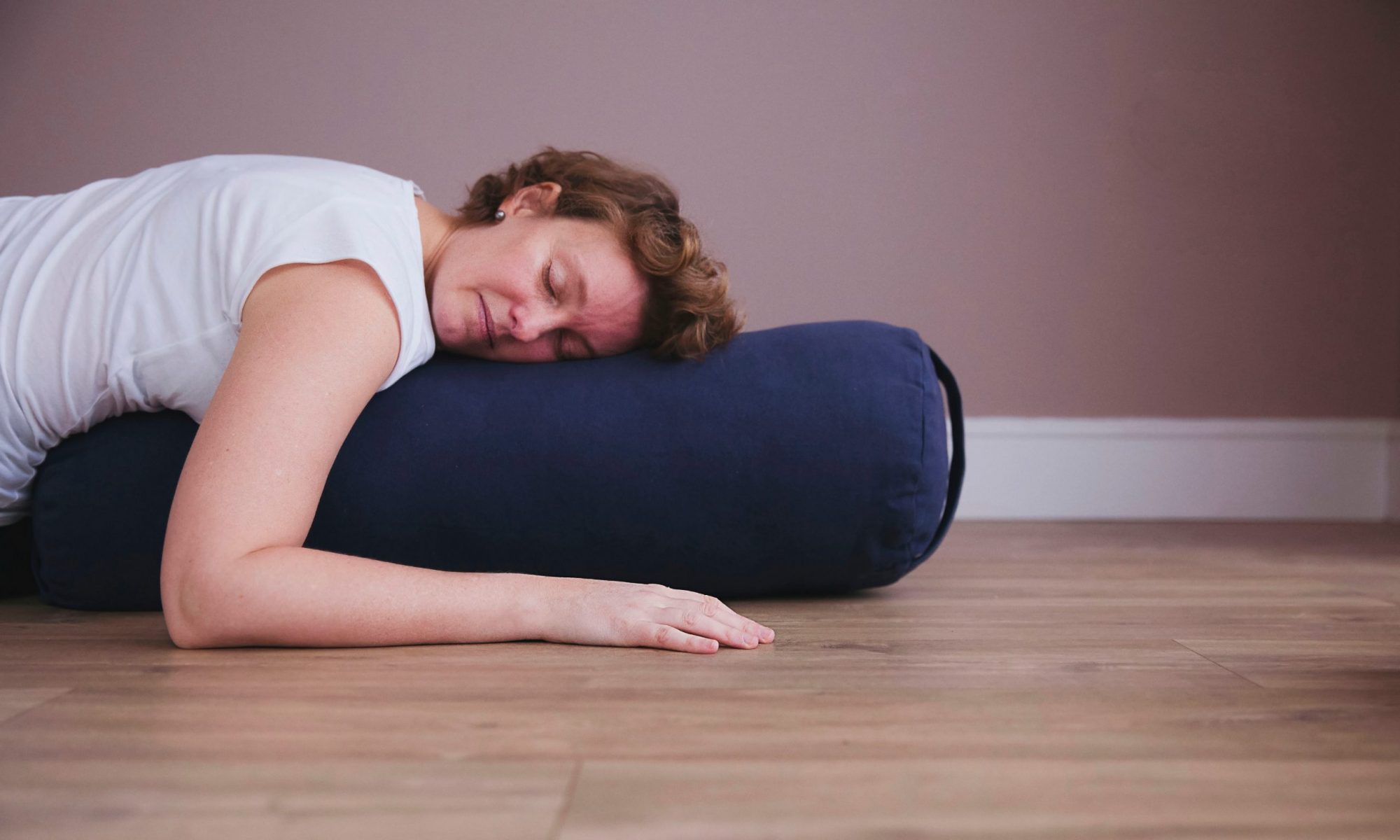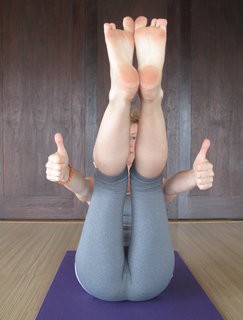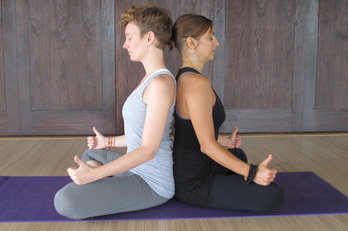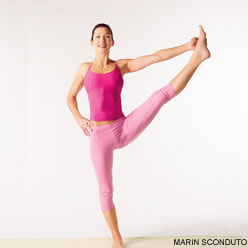Norman Blair is one of the UK’s leading yin yoga teachers and has been teaching in London for over ten years. His monthly yin workshops at Globe House in Bermondsey are wonderful and leave you floating for at least three days after you leave the building (speaking from personal experience).
Norman kindly took the time to answer some questions.
CW: Tell me about your first yoga class.
NB: My first class was at Bodywise East London and a friend took me as she thought it would be good for me. I don’t really remember much about the class but what I do remember is that my friend, who I’m still in touch with, thinks it’s funny that I now teach yoga. She says that she’d never seen anyone as stiff or uncoordinated as me. There I was then… and here I am now!
I know there’s teachers who come from a place where they’re naturally really gifted in their bodies, but I really wasn’t one of them. It can be an asset to experience stiffness, a lack of coordination, difficulty with body parts and injuries. It allows you to see how much potential there is for change.
I went to those classes in East London for a bit, and then in 1993 a friend of mine called Oz was doing an Iyengar teacher training and needed her own group. I volunteered and over the next five years we’d meet in her living room on a regular basis.
Oz then went to Crete in 1995 to spend time with Radha and Pierre – John Scott’s teachers – and came back with an ashtanga practice. I remember sitting in her living room while she did a demo of the primary series. It was really intense – watching this small woman demonstrate such control, flow and grace. After that, I was hooked. I’ve been practicing ashtanga ever since and I also get a lot from Iyengar classes with Alaric Newcombe.
What I’ve learnt though is that less is more. People get confused with ashtanga and think that it’s all fast and intense but what’s the rush? Pattabhi Jois said, “you take it slowly”. We just need to slow down. One class a week is fine. I did that for five or six years.
I first encountered yin yoga at the Manchester Buddhist Centre in November 2001. It was unlike anything I’d experienced and the next year I met Sarah Powers. She’s been my yin teacher ever since.
CW: How do you describe yin yoga to someone who’s unfamiliar with the practice?
NB: It’s a very soft, slow form of yoga. It gives us time to be more gentle to ourselves. It’s a perfect antidote to the rest of our lives which are often spent chasing around.
One of my favourite lines is from Pico Iyer: “The mind is more than capable of seeing a stationary blue car and constructing out of it a six-act melodrama.” I know that’s true of me.
But yin gives us a chance to slow down. It gives us the chance to take our time. It gives us the chance to create space where we can be more aware of how distracted we can be.
I’d also say that yin is a potential bridge between western yoga classes and a more meditative practice. We need to stop and slow down. It’s so important.
Personally speaking, yin has really helped to open my body but what I would say is that people who are hyperflexible need to be cautious in yin as there’s no strengthening work. Just because you can go deeply into a pose doesn’t mean you’re ‘good’ at yin.
But it’s really helped to open my body. It helps that I love it as well.
CW: How does yin challenge you?
NB: By nature I’m fairly impatient and impetuous. To be still is hard. To maintain a level of attention is also a challenge. And to not get caught up comparing myself to someone else.
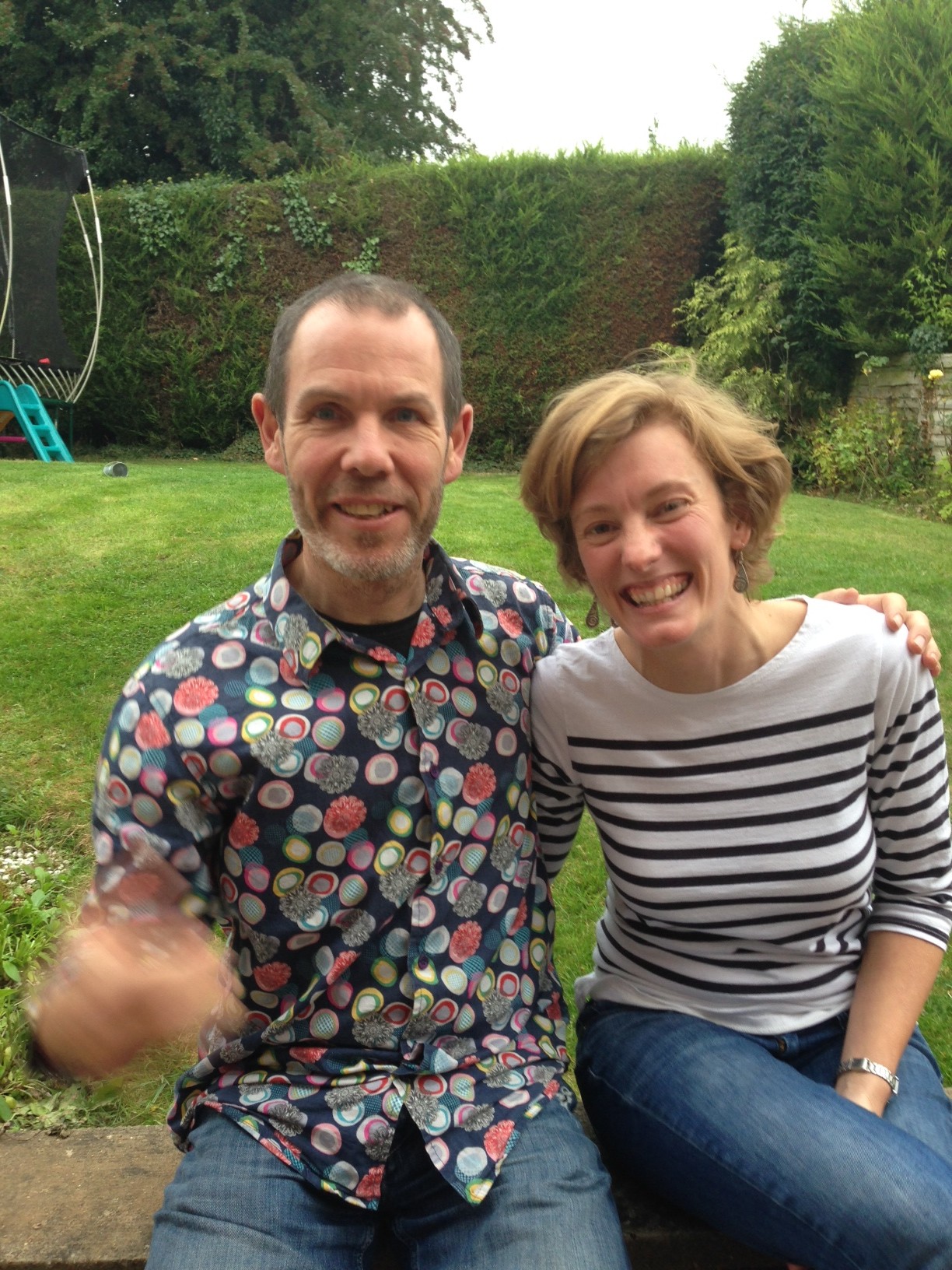
CW: How would you describe your teaching style?
NB: If someone’s really laid back in their everyday life, when it comes to their teaching, I wonder if they’re really up tight and like, “Do this! Do that!” Whereas in my normal life I’m quite focussed and impatient. I have the speedy London walk and I’m aware of the impact that’s had on my life.
As a result, when I’m teaching I’m all about taking it slowly, taking it easy. We have to let go of thinking, “I can’t do this…” or “I used to be able to do that…”
I encourage people approach their practice as “here I am right here in this body, right now as it actually is.”
Someone said to me that it’s about being firm but fair and I want to help people find their potential by using skillful effort. In western culture it’s all about striving for the goal and we push ourselves too hard. And there’s always more goals. Where does it end? We need to be gentle with ourselves whilst also applying a bit of a push.
We also need to be conscious of how each day is different. Some days we might need more of a push and, on others, we might just need to put our feet up on the sofa. It’s accepting that that’s ok. We have to just do what feel right with a level of skillful inquiry.
I like to think of myself as a conduit for helping people to find their potential.
Of course I still have lots to learn. I know I find it hard letting go of people. Sometimes people don’t come back to classes and sometimes I have to suggest to students that they need to go to another teacher.
For example, I’m half way through the second series and, being realistic, I’m probably not going to get much further. If there are students who are going beyond that, I can’t teach them asanas that I don’t practice myself. I’ve suggested before now that students go to Hamish Hendry. It’s hard but it’s right for them and I have to let go.
CW: How do you bring the practice of yoga into your everyday life?
NB: I feel that the word ‘yoga’ comes with baggage. I’m quite influenced by Michael Stone and he prefers to call it ‘intimacy’. Matthew Remski calls it ‘evolutionary movement’.
When someone’s doing a dance class, they can be far less striving and goal orientated than someone doing a yoga class. It’s about what we bring to the situation. It’s about working on ourselves and transformation.
We all live in this world but I feel we have to be conscious of the choices we make. I fly, for example. But I do believe in social transformation and the more aware we become of our inner landscape, the more conscious we can become about other people.
There was a book written about a Buddhist nun called Tenzin Palmo: ‘A Cave in the Snow’ and she talked about how great it would be if when we meet people on the street, our first thought were: “may they be happy and well”. Not judging them on the way they look, or the clothes they’re wearing. Not thinking “I don’t like you” or “you remind me of so and so”.
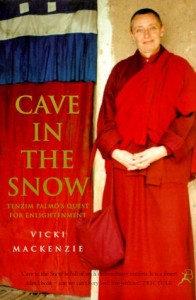
It’s these unconscious conversations in our head. Part of the practice is becoming aware of these conversations and just seeing people and things for their natural beauty.
I also enjoy the practice of eating in silence. You just eat with no distractions – no TV, books or music. The food actually tastes better! You’ll eat more slowly, you’ll eat less, and you’ll become more satisfied.
I’ve also been thinking recently about the sustainability of my physical practice. Is your practice sustainable? If we’re going to strive and sweat and grunt and groan, it could be debatable. It’s ok when you’re 25 but I turned 50 this year and I approach my practice very differently to ten years ago.
I’ve learnt a lot. I do it less. I do ashtanga 3-4 times a week and I love it. But I want to be able to do it in ten or 20 years’ time. I want my practice to be sustainable.
This practice of working on ourselves will continue until our last breath.
CW: What’s the best thing about teaching yoga?
NB: I remember when I started teaching, someone said to me: “Don’t give up your day job”. I took this on board and I said I’d give it six months and see if I could manage financially and also to see if I’d enjoy it. Fortunately, it went well and I continued.
I’m always looking to evolve how I teach and learn more about teaching. Continuity and consistency of teacher is important. We can learn so much by putting our nose to the grindstone and spending time with a specific teacher. We can learn so much by staying with a situation – it’s like a relationship with a partner. If you decide to give up after three months, what do you learn?
I’ve been going to Hamish Hendry’s ashtanga classes for 14 years, I’ve spent 12 years practicing yin with Sarah Powers. I’ve learnt a lot by sticking with teachers.
CW: If you didn’t spend your weeks teaching yoga, how else do you think you’d spend your time?
NB: Before I taught yoga, I did a variety of different things. I worked for a local authority, I worked on a fruit and veg stall in Spitalfields market. I’m not sure how I’d spend my time but I know I wouldn’t be so happy.
But you know, you’ve got to make the most of this life. Life is so short and precious. With my alliteration hat on, I’d say that I just teach the preciousness of life, the precariousness of life, and the parasympathetic nervous system…
CW: What makes you happy?
NB: A good book. The taste of food. Bouncing on trampolines. Being in my kitchen. Standing on the top of Parliament Hill Fields looking over London. Standing on my head. Simple stuff.
CW: What are you up to over the next few months?
NB: I’m very excited about a teacher training I’m starting at my new studio in North London with Melanie Cooper. We teach day workshops together and a few months ago we were doing one and everyone was lying in savasana and we thought that we could do it as a teacher training.
We work well together and it’s a nice balance – Melanie’s got a lot of experience teaching ashtanga and has run teacher trainings before. I’ve taught people how to teach yin on five-day intensives and yin is definitely needed in today’s world.
I also run supervision groups for yoga teachers. All psychotherapists have to go for supervision after qualifying and it’s the same with acupuncturists and other professions. It’s totally accepted.
But in yoga teaching, you do your training and then you’re set adrift. When I first started teaching, it would have been great to meet together with other teachers and share stuff.
Each group is closed and runs for six meetings over six months – no one new can join once it’s started, it’s confidential so we can express fears and dreams and the day-to-day difficulties and joys of teaching yoga. Also it’s a place we can bring up any issues with students. I think it’s a really important thing to get going. The first session is an introduction on Sunday 1 December where you can come along and have a chat and see if you’re interested.
The next yin intensive is 20-24 March 2014 and I’ve got various classes and workshops on the horizon too. So yeah, life rolls on…
CW: Thank you Norman.
NB: Thank you Clare.
If you’d like to find out more about Norman and his teaching, visit www.yogawithnorman.co.uk. I’m going to his next yin workshop in London Bridge on Saturday 30 November so I might see you there.
There’s more about my Hertfordshire and London yin classes and workshops on this website.

